Traveling to Mau Son, visitors will experience the colorful life of the Dzao, from the way of eating and living to the traditional costumes and rituals.
Mau Son has 3 ethnic groups living together, namely Dzao, Tay and Nung, in which the Dzao ethnic group accounts for over 98% of the population. From the past to the present, the Dzao people in Mau Son commune, a border zone III commune, have always kept their cultural identity.

The photo series "The way of life of the Dzao people in Mau Son" was taken by photographer Nguyen Son Tung (Lang Son City). He is often called Tung "Dzao" by his friends because of his impressions through photo stories about portraits, costumes and traditional lifestyles of the Dzao people.
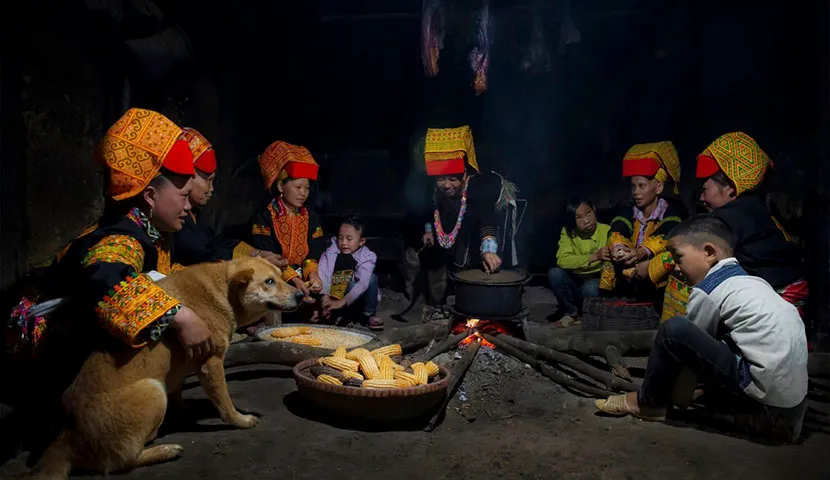
The Dzao have two main meals a day, in the morning before going to work and in the evening, and lunch is usually in the fields. The main food is plain and sticky rice, with each type having different processing methods and tools.
They used mills, mortars and foot-pounders to process grain into rice; Use a stone mill to grind corn. Rice will be cooked into rice or porridge depending on each person, each family; Corn is milled and broken into small grains and then cooked with rice, porridge or cakes.
Especially with meat, they also have a unique salted hanging meat dish, this dish is served with a kind of leaf for strange and delicious foods.
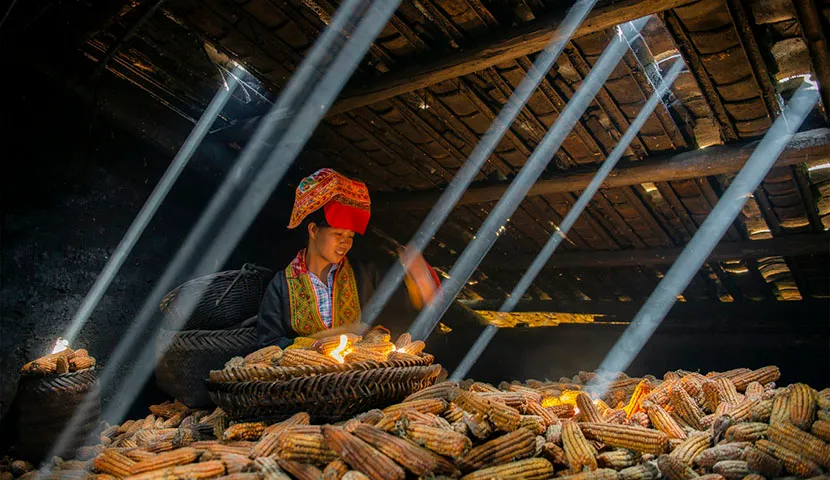
After the Dzao people harvest corn, they dry it on the kitchen floor, keep it dry, avoid termites, and the kitchen smoke turns brown and has a very distinctive taste.
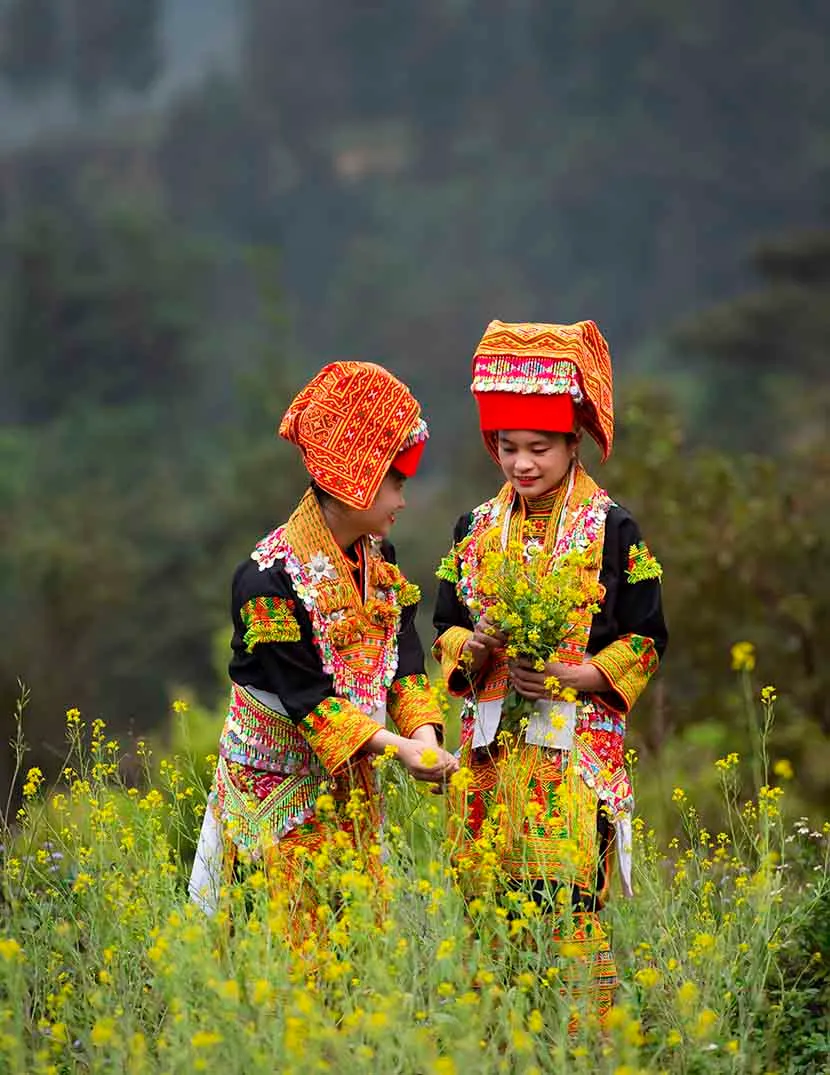
The Dzao women's costume is a four-body long dress with flaps in front of the chest. The inside of the shirt has embroidered bibs with silver stars, decorated with beads and a white belt embroidered with black tree branches. On the side is a silver cross body strap.
Dzao women are very colorful. Clothes and towels are embroidered with colored threads, using bird and pine tree motifs... Such a garment must be hand-embroidered for months to years to complete.
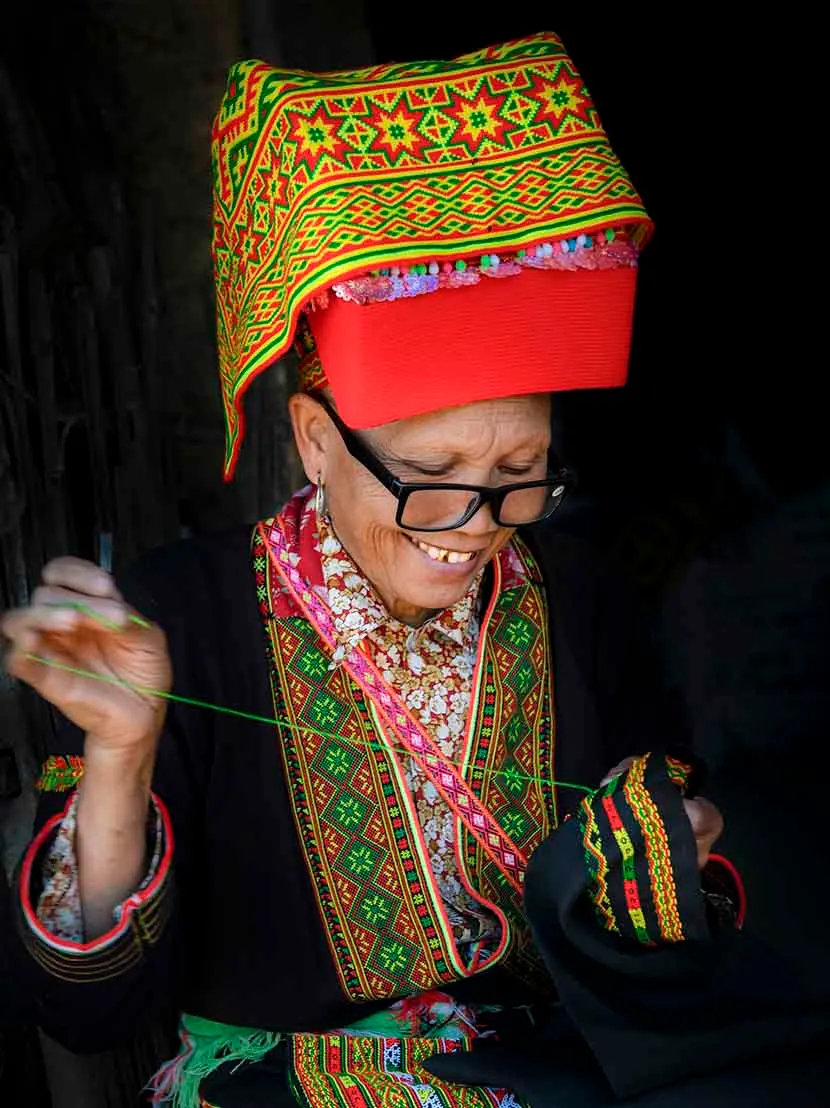
“The daily use of traditional clothes is still high, but mainly by the elderly. The worrying thing is that the artisans who know how to embroider, weave and sew traditional costumes are decreasing, while materials for embroidery and weaving are also increasingly scarce," Tung shared.
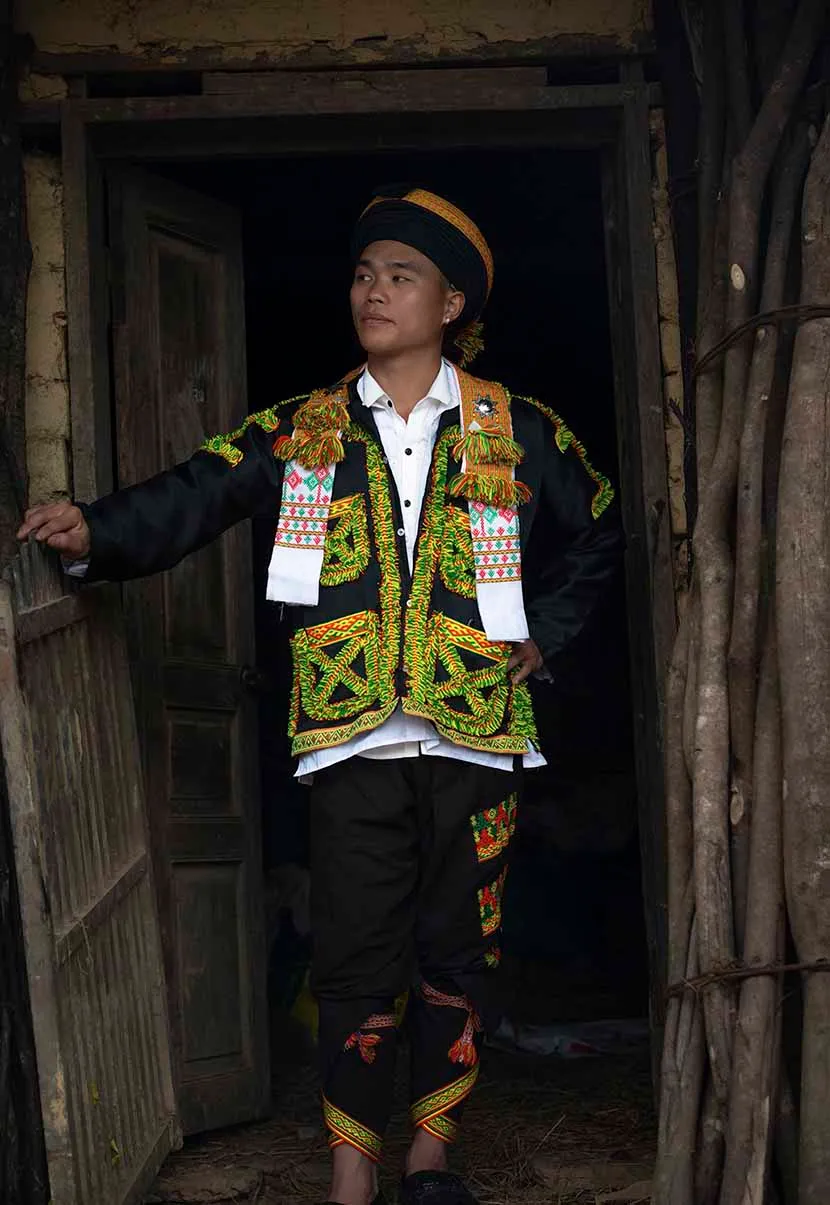
Dzao men are simpler. Black shirt with five-color tassels for decoration. Loose pants tied with a hemp rope with a coin to hold. Wear a turban or simply tie a scarf in the head.
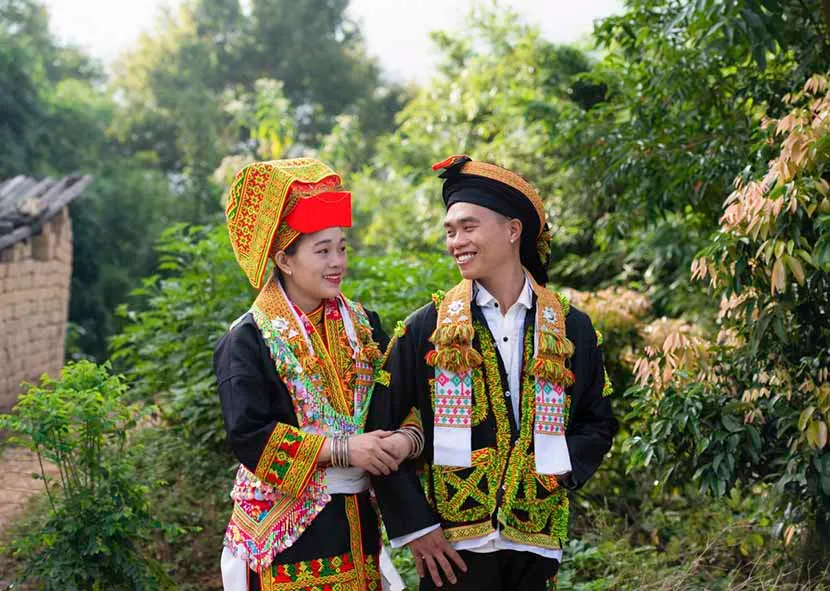
In the past, Dzao men and women often got married before the age of twenty. Now the marriage has been carried out at the right age prescribed by the Marriage Law as other ethnic groups. A wedding consists of an engagement ceremony, a blessing ceremony (a paper showing the date, month and year of birth of a couple to compare their ages), a commitment ceremony and a wedding ceremony. About the custom of marriage, it is impossible not to mention the love song and the sound of the Pile trumpet to welcome the bride.
On the wedding day, everyone is allowed to wear traditional clothes. The groom's family comes to meet the bride and bring her home from dawn, while the bride prepares her things to go to her husband's house. When departing, the bride wears national costume, near the gate of the groom's house, the bride's family will stop to change the bride's clothes.
Wedding day is also a gathering day for boys and girls to create a very special and bustling scene.
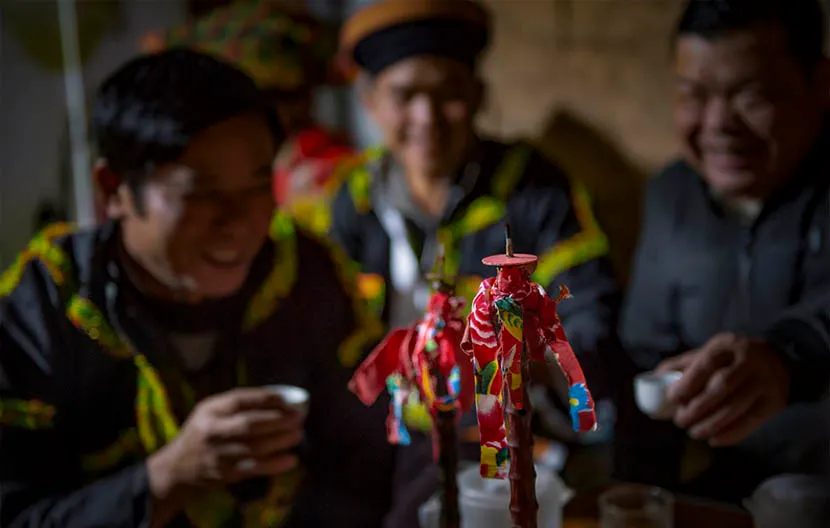
One of the traditional musical instruments of the Dzao is the Pi Le trumpet (Pí Le in Tay and Nung languages, Nom Dat in Dzao). The instrument is used by the Dzao people on occasions such as worshiping the rice god, the forest god, weddings, and Tet holidays. The sound is like the words of people's hearts to heaven and earth, to the mountains and forests, the confessions of couples looking for love, the words of children to their parents.
The instrument consists of 3 parts: the blown head, the trumpet body and the trumpet, which can play 72 different melodies, like in a wedding ceremony, the melody is cheerful and bustling; and the funeral is soft, boring. The blower takes breath from the nose, pushes the air out through the mouth and through the blown head, and affects the small holes on the body of the trumpet. When performing, in each different ritual, the trumpeter applies techniques of vibrating, stroking, coordinating with fingers, stroking on the body of the trumpet to create suitable soaring sounds.
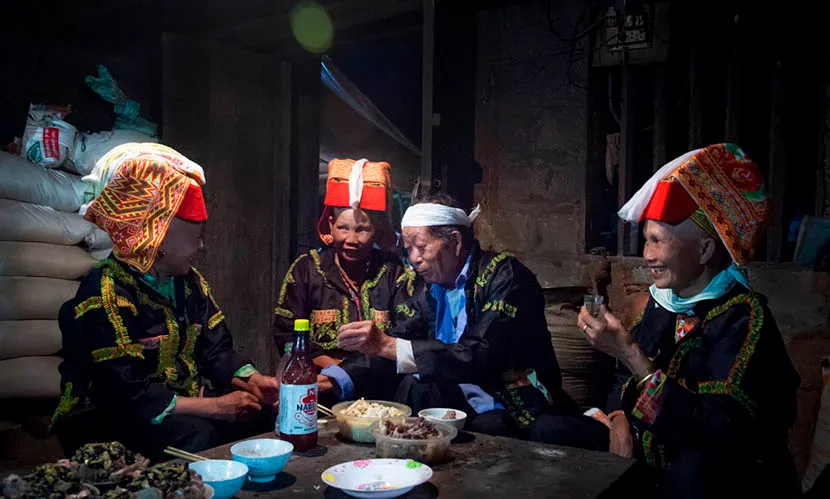
Ancestor worship is an important custom of Dzao families. They worship their ancestors up to nine generations, but directly to three generations, including parents, grandparents, and great-grandmothers.
Ancestor worship is also expressed through many rituals such as funerals, tending grave, full moon worshiping in July, Lunar New Year offerings or new rice offerings.
The Dzao are originally swidden and farming people, so there are abundant offerings, such as the worshiping ceremony on the first day of planting upland rice. This is one of the important rituals, praying to Shen Nong to bless the good crops. New rice ceremony is made after the harvest to give thanks to the ancestors, so that the God of Agriculture will bless the harvest.
In the funeral rites, the Dzao believe that a dry funeral (picture above) is an offering ceremony to release the dead person's soul to his ancestors and origin, hoping for the soul to be released and rest in peace with his ancestors. The dry ghost ceremony is done at home, one month after buried day.
(Photo: Nguyen Son Tung - @vnexpress.net)








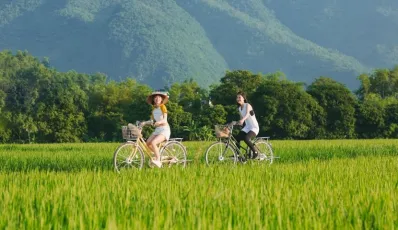

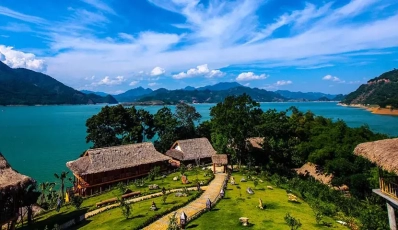
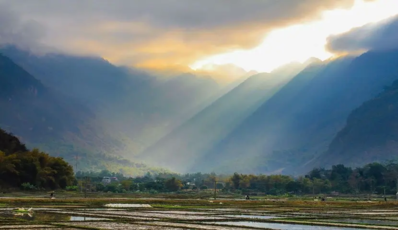

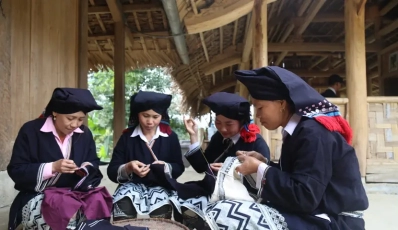


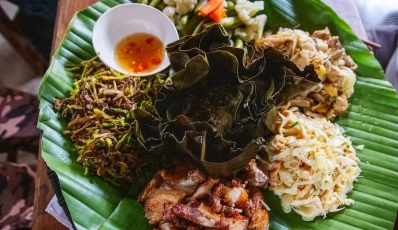




 TRAVELERS' CHOICE 2025
TRAVELERS' CHOICE 2025 


